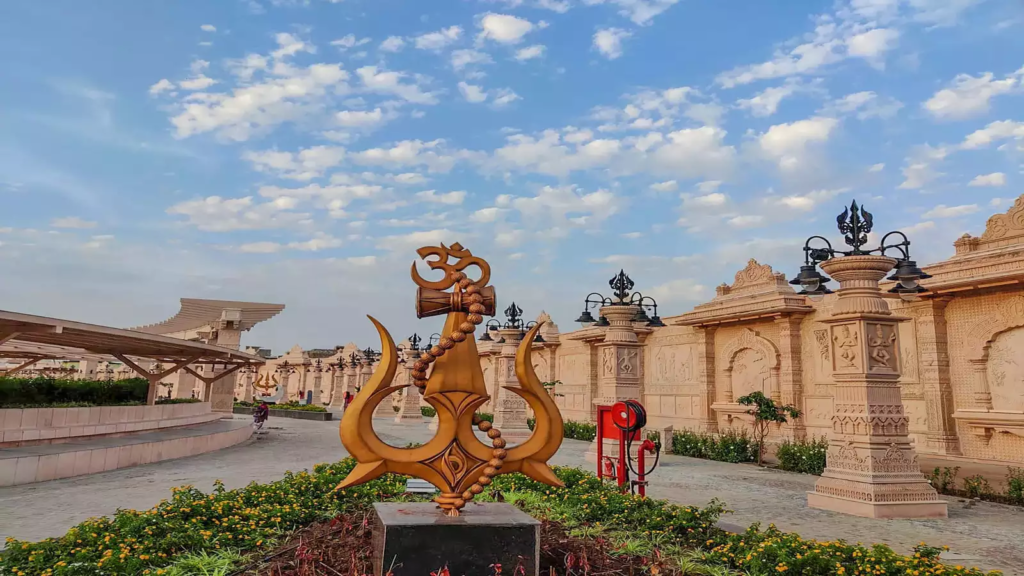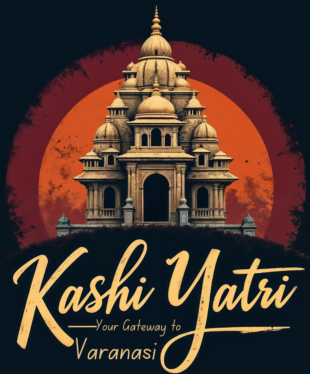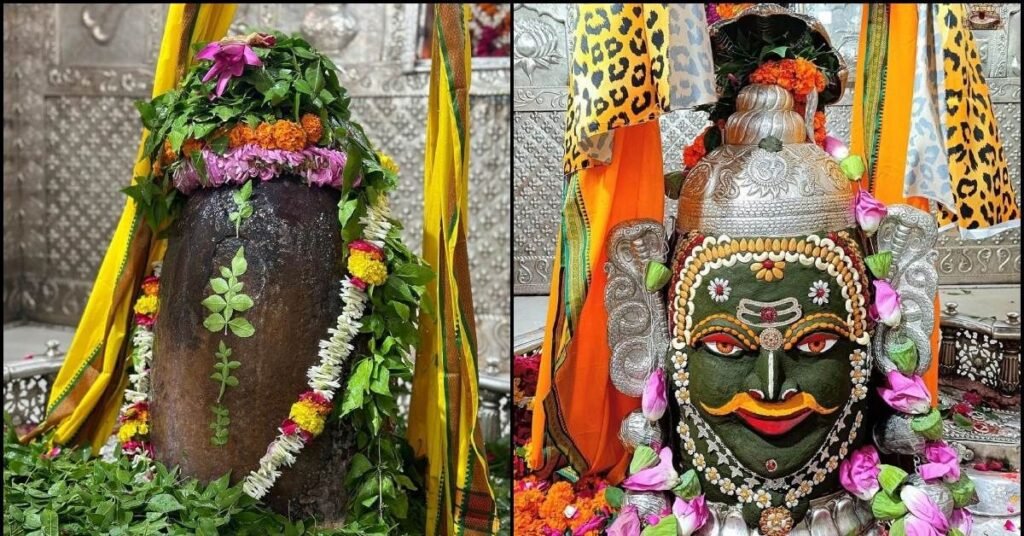Introduction
The National Archives of India (NAI) has embarked on a historic initiative to digitize genealogical records maintained by priests at religious centers across India, including Kashi. These records, known as pothis, document the lineage of families and have been meticulously preserved by pandas (priests) for centuries. This project is part of NAI’s broader efforts to harness traditional knowledge and community archives, ensuring that these invaluable records do not succumb to decay over time.

The Significance of Genealogical Records in Indian Tradition
India has a rich history of preserving genealogical records through oral traditions and handwritten manuscripts. Families have long relied on priests in cities like Varanasi, Prayagraj, Ujjain, Kedarnath, Badrinath, and Gaya to maintain their ancestral histories. These records serve not only as personal family trees but also as historical documents that offer insights into migration patterns, social structures, and cultural shifts over generations.
Unlike conventional government records, which may only go back a few centuries, these pothis often trace family histories back for over a thousand years. This makes them an unparalleled resource for researchers studying genealogy, history, and social anthropology.
National Archives of India’s Digitization Initiative
At the South and West Asian Regional Branch of the International Council on Archives (SWARBICA) meeting in New Delhi, Arun Singhal, the Director General of NAI, emphasized the urgency of preserving these records. He highlighted the risk of deterioration due to age, environmental factors, and natural disasters.
To counteract this, NAI has started approaching priests across India to collect and digitize these records. While some priests have expressed reservations about sharing this sacred information, the project has seen positive reception in Ujjain, where digitization efforts are set to begin soon.
Challenges in Digitizing Traditional Knowledge
Despite the potential of this project, several challenges need to be addressed:
- Reluctance of Priests: Many priests view these records as sacred and are hesitant to share them with external institutions. Building trust and ensuring data security will be key to overcoming this challenge.
- Deciphering Ancient Scripts: Many genealogical records are written in Sanskrit or other regional scripts that require expert translation and interpretation.
- Fragility of Documents: The age and condition of these pothis make handling them a delicate task. Digitization must be carried out with utmost care to prevent damage.
- Standardization Issues: Unlike government records, these documents lack a uniform format. Standardizing the data for easy retrieval and analysis will require significant effort.
The Role of International Collaboration
The digitization of genealogical records is part of a broader initiative that extends beyond India’s borders. The SWARBICA meeting saw participation from countries like Bangladesh, Nepal, Bhutan, and Sri Lanka, with virtual attendees from Pakistan and Iran. The discussions highlighted the shared cultural heritage of South Asian nations and the potential for collaborative efforts in archival preservation.

Union Minister of Culture Gajendra Singh Shekhawat underscored the importance of digitization in fostering historical research and strengthening cultural ties. He also suggested that India should extend its expertise in archival digitization to neighboring countries, especially given the shared historical records from the pre-independence era.
Documenting Oral Histories: A New Approach
One of the most innovative aspects of NAI’s work is its focus on oral history. In 2023, NAI undertook its first overseas project by digitizing the documents of the Indian diaspora in Oman. As part of this project, researchers also recorded oral testimonies from members of the diaspora, capturing memories that might have otherwise been lost.
This initiative represents a significant shift in the field of Indian historiography. Traditionally, Indian historians have relied more on written records, while Western scholars have long utilized oral history as a research tool. Institutions like the Prime Ministers’ Museum & Library, Ashoka University, and Ambedkar University have already begun building extensive oral history archives.
By incorporating oral history alongside written genealogical records, NAI is creating a more holistic and inclusive historical archive.
The Impact of Digitization on Future Research
The digitization of genealogical records will have far-reaching implications:
- Family Lineage Verification: Families seeking to trace their ancestry will have a structured database to refer to, potentially aiding in legal matters like inheritance claims.
- Historical and Anthropological Research: Scholars will gain access to a treasure trove of data that can help in understanding historical migration patterns, caste dynamics, and social evolution.
- Preservation of Cultural Heritage: The project will help safeguard an essential part of India’s intangible cultural heritage, preventing the loss of crucial historical information.
- Boost to Tourism and Pilgrimage Services: Digital access to family records at major pilgrimage sites could enhance the experience of devotees and pilgrims looking to connect with their ancestral roots.
The Future of Archival Digitization in India
The digitization of 300 million pages of historical records is the most ambitious archival project of its kind in the world. According to Arun Singhal, this initiative will set new global benchmarks in archival science. The success of the genealogical records project could pave the way for similar efforts in preserving temple manuscripts, royal decrees, and community chronicles.

As technology advances, artificial intelligence and machine learning could play a crucial role in indexing and analyzing these records, making them more accessible to the public. Additionally, blockchain technology could be used to ensure the authenticity and security of these digitized documents.
Conclusion
The digitization of genealogical records maintained by priests in Kashi, Ujjain, Prayagraj, and other religious centers marks a significant step toward preserving India’s rich heritage. While challenges remain, the collaborative efforts of NAI, cultural institutions, and the government indicate a promising future for archival digitization.
As the project progresses, it will not only benefit researchers and historians but also individuals seeking to reconnect with their roots. By embracing both traditional knowledge and modern technology, India is ensuring that its cultural and historical legacy is preserved for generations to come.







